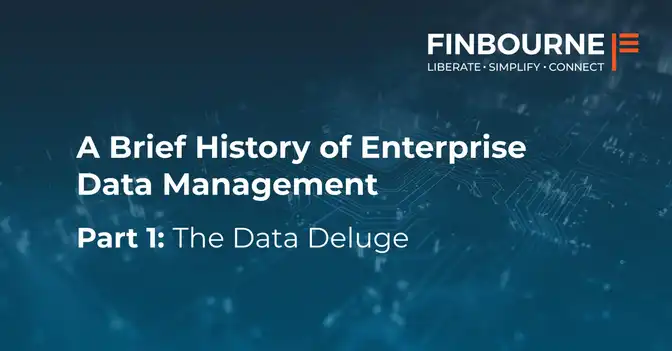While retail banks have mostly been dragged kicking and screaming into the UK government-backed Open Banking initiative, the fund investment industry should treat it as an opportunity to remove unnecessary cost, connect more closely with their customers and build better services.
Let’s have a look at three distinct lessons we’ve learned from Open Banking that could be applied to the investment industry.
1.) Open-APIs don’t need to be a regulated standard
The government promoted Open Banking as an opportunity for institutions to increase digital revenue from new channels and enhance service through the availability of data. Whilst this is great for customers, many banks saw it as a regulatory initiative that loosened their grip on customers and hampered their ability to cross-sell products.
In the investment world, there is no current plan for open-API legislation, but there is an opportunity for firms who can move quickly to implement an API-first approach. There are huge benefits to be realised:
- Client service would be improved through the ability to serve any data from any time period with ease
- Reporting would be made easier by standardising data
- There would be huge cost savings for fund managers and asset servicers from using APIs to integrate their internal systems and connect with both suppliers and clients
Those asset managers and servicers who innovate will be hugely attractive to prospective clients who want better access to their data.
2.) Give people secure access to services and apps
One of the greatest consumer benefits of Open Banking is the ability to securely buy in 3rd party services that sit on top of our accounts and payments information. With direct access to the raw data, a number of apps have sprung up providing innovative services that I can manage from my phone. ClearScore allows people to merge their credit history and spending habits to receive suggestions on credit tools; Moneybox lets you round up transactions and save/invest each time you spend; and Emma lets you monitor debt and track and cancel unwanted subscriptions.
Historically, the asset management industry has compartmentalised data and therefore not made full use of it. An open ecosystem where people can collaborate would democratise that data. There is no reason why each individual client of an asset manager or asset servicer couldn’t own and operate their own data.
Currently, new businesses providing services to fund managers are forced through lengthy procurement cycles and larger vendors are shut out from servicing smaller funds as the connectivity costs outweigh the revenues. This doesn’t have to be the case. Imagine if an asset manager could plug in several vendors via APIs, test functionality for a few months and then make a decision based on the service received. This would do away with much of the procurement cycle, reduce connectivity costs and allow fund managers to make decisions based on real results.
3.) Make sure everyone knows about it
On the flip side, one thing that the investment industry should look to do differently to Open Banking is ensure there is wide-spread awareness of the benefits and uses of open APIs. Figures from Splendid Unlimited, which helps banks build digital platforms, show that after one year of Open Banking being live, less than 20% of people had even heard of it and only 9% were making use of it – not great figures for the largest retail banking innovation in decades. We need to start talking about best practice and build an open community who aren’t afraid to share examples of where open APIs work well (and where perhaps they don’t).
In short, open API providers in the investment industry must ensure that word is spread as widely as possible. Additionally, market participants have to immediately see the benefits and trust both the technology and the services they buy-in over their data. Finally, the industry should be left to build the technology in a way that works for both businesses and consumers.




